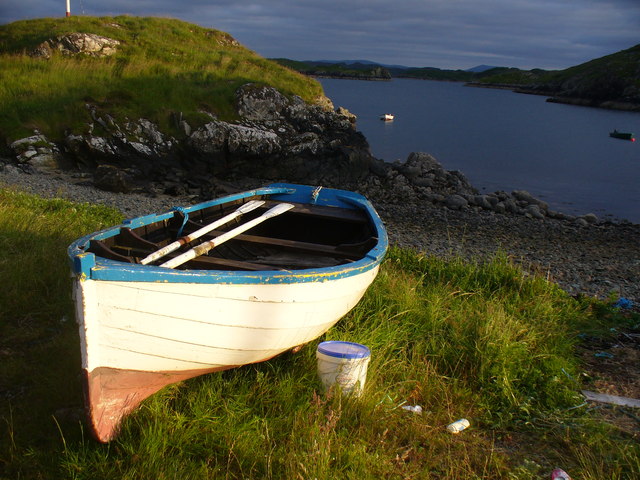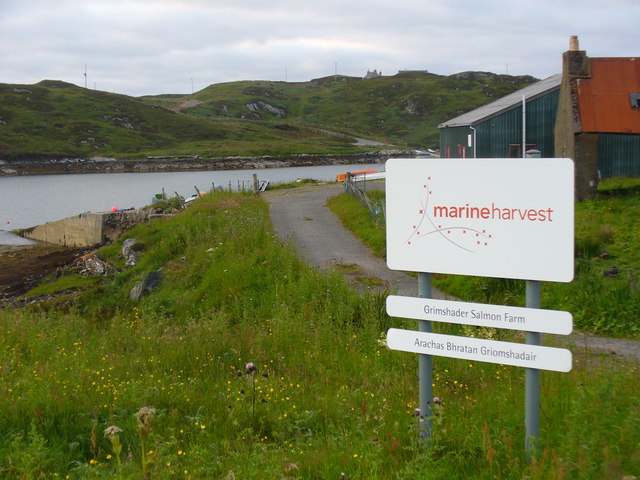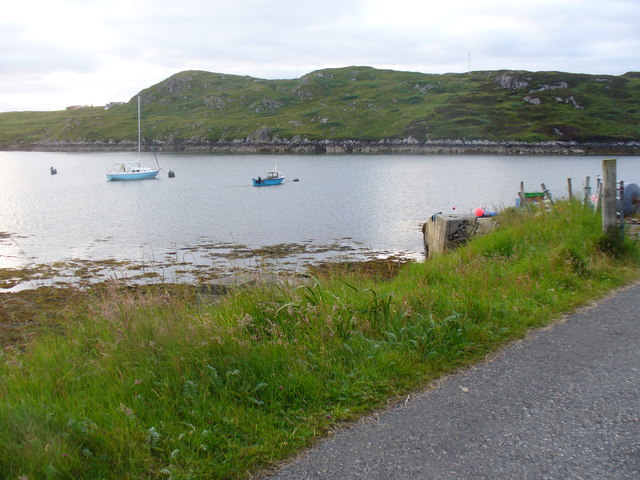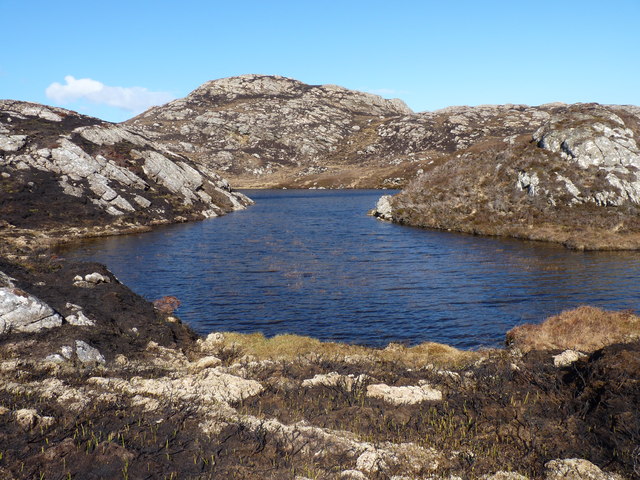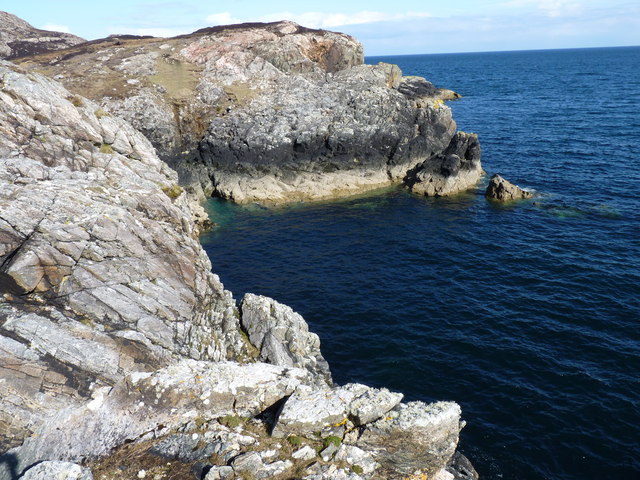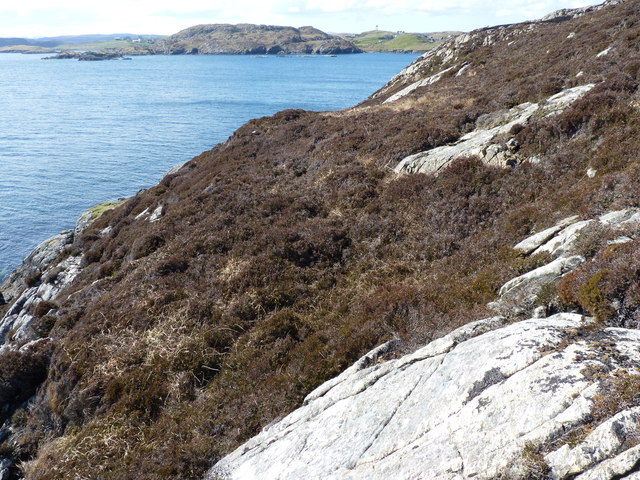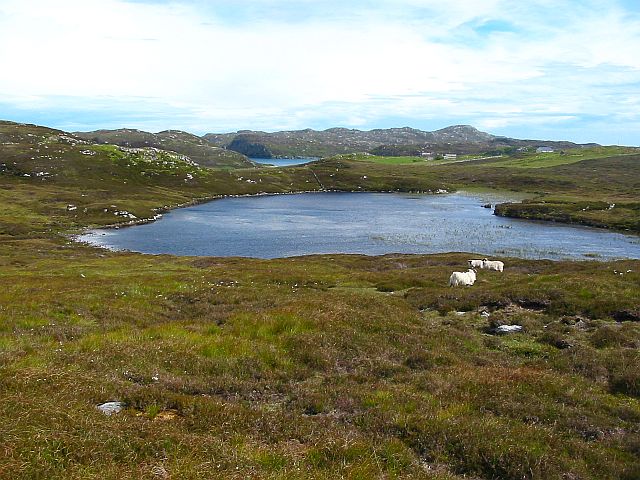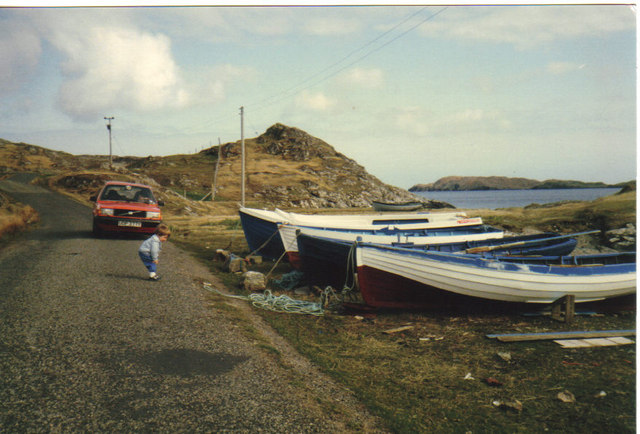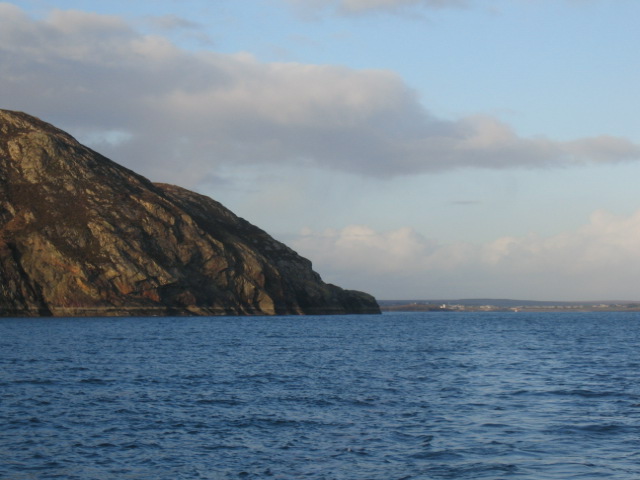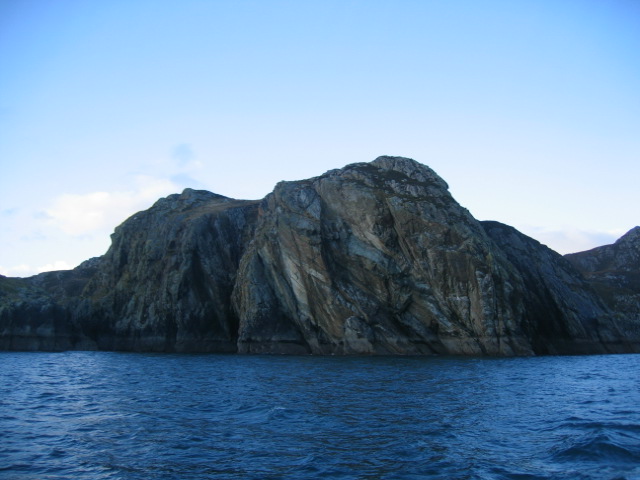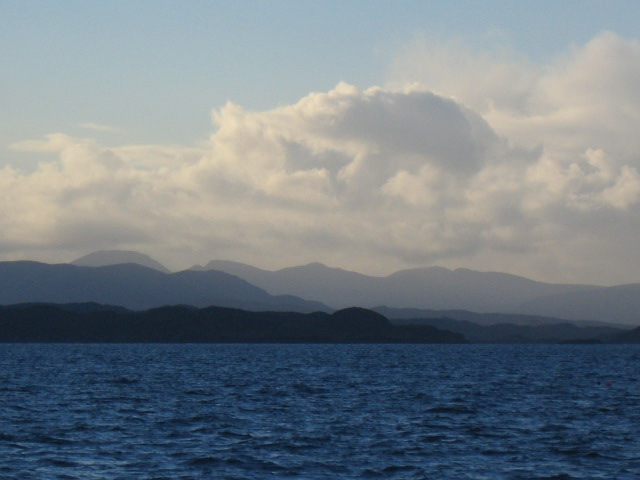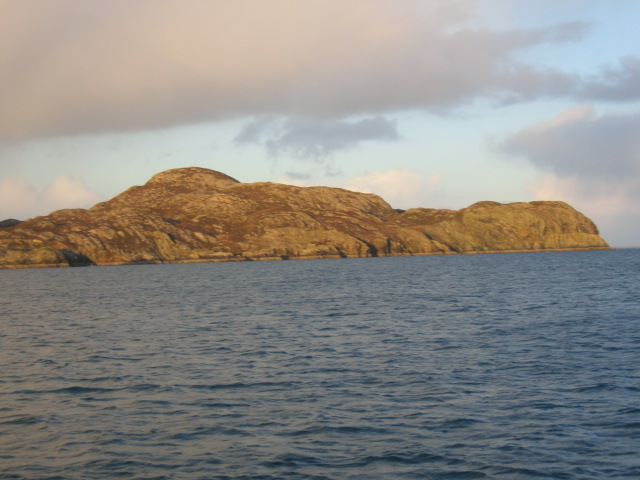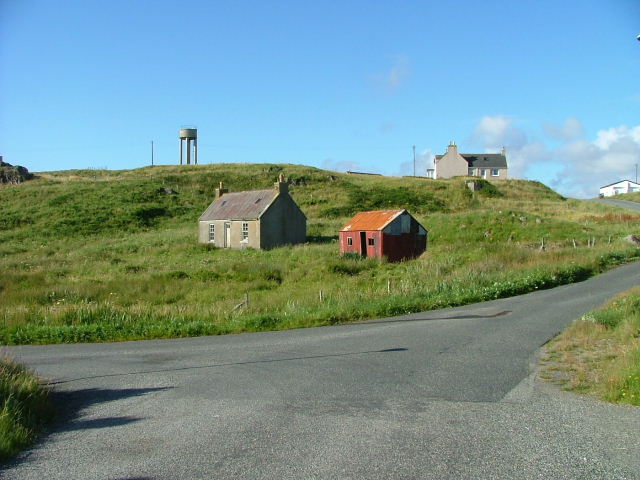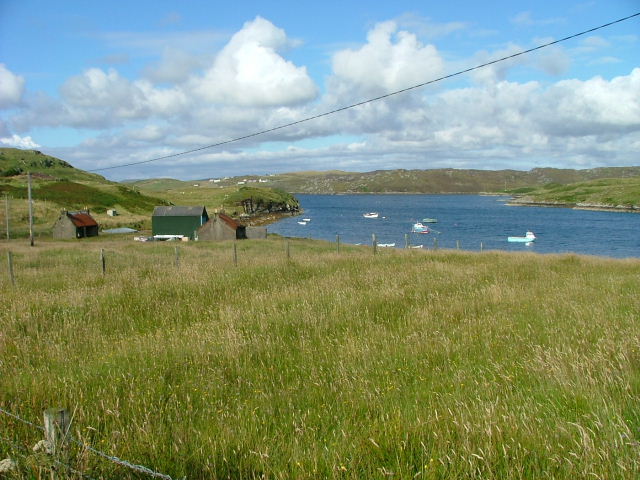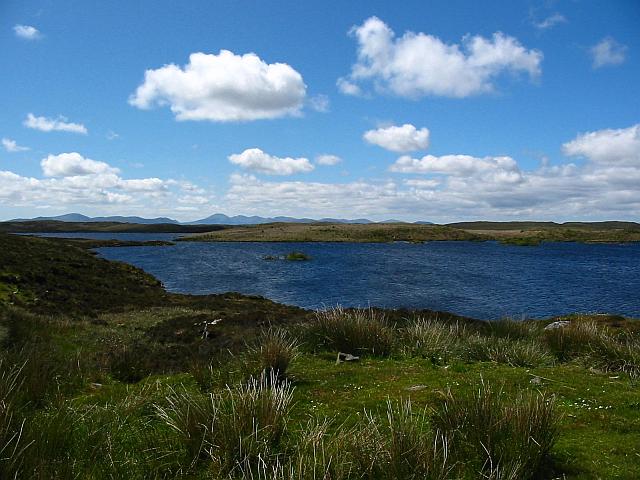Linne a' Ghlinne
Lake, Pool, Pond, Freshwater Marsh in Ross-shire
Scotland
Linne a' Ghlinne
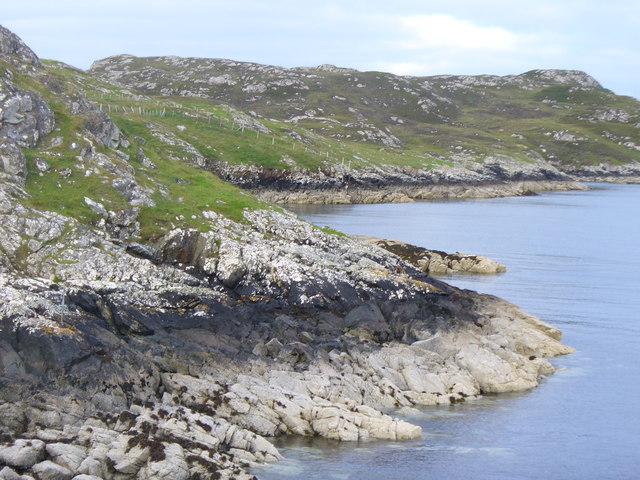
Linne a' Ghlinne is a picturesque freshwater marsh located in Ross-shire, Scotland. It is a serene and tranquil spot, known for its natural beauty and diverse ecosystem. The name Linne a' Ghlinne translates to "lake of the glen" in Gaelic, perfectly capturing the essence of this enchanting location.
The marsh is situated amidst rolling hills and lush greenery, creating a stunning backdrop for visitors to enjoy. It is a relatively small body of water, resembling a pond or pool, with a surface area of approximately one acre. Despite its size, it is teeming with life, making it a haven for wildlife enthusiasts and nature lovers.
The freshwater marsh is home to a wide variety of plant and animal species. Its rich vegetation includes reeds, rushes, and water lilies, providing a habitat for numerous insects, birds, and small mammals. Visitors can often spot dragonflies gliding gracefully above the water, while herons and other waterfowl can be seen wading along the marsh's edges.
The calm and peaceful atmosphere of Linne a' Ghlinne makes it a popular spot for fishing and birdwatching. Anglers can try their luck at catching trout or salmon, while birdwatchers can marvel at the diverse bird species that frequent the area, including ducks, swans, and various songbirds.
Overall, Linne a' Ghlinne is a hidden gem in Ross-shire, offering visitors a chance to connect with nature and experience the serenity of a freshwater marsh. Its natural beauty and abundant wildlife make it a must-visit destination for anyone seeking a peaceful retreat in the Scottish Highlands.
If you have any feedback on the listing, please let us know in the comments section below.
Linne a' Ghlinne Images
Images are sourced within 2km of 58.140663/-6.3807099 or Grid Reference NB4225. Thanks to Geograph Open Source API. All images are credited.
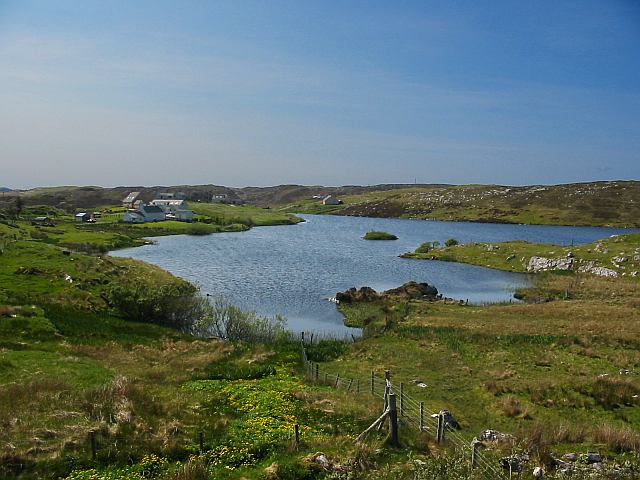
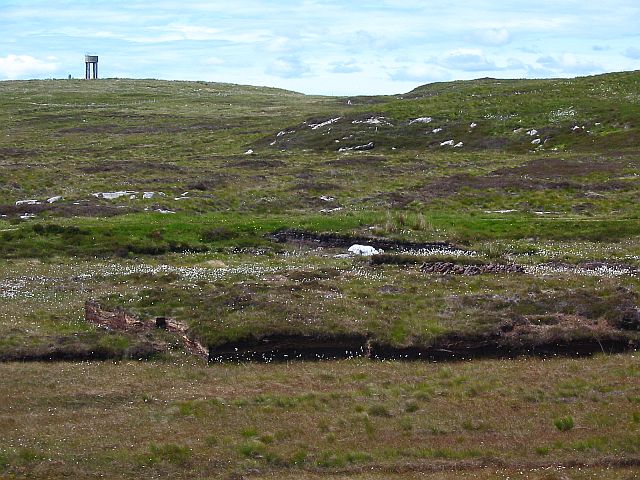
Linne a' Ghlinne is located at Grid Ref: NB4225 (Lat: 58.140663, Lng: -6.3807099)
Unitary Authority: Na h-Eileanan an Iar
Police Authority: Highlands and Islands
What 3 Words
///depth.fountain.multiples. Near Leurbost, Na h-Eileanan Siar
Related Wikis
Crossbost
Crossbost is a village on the Isle of Lewis in the parish of North Lochs, in the Outer Hebrides, Scotland. It is located approximately ten miles away...
North Lochs
North Lochs, (Scottish Gaelic: Ceann a Tuath nan Loch), an area in eastern Lewis, Outer Hebrides, Scotland, is named for the many lochans (small lochs...
Rainish Eilean Mòr
Rainish Eilean Mòr is an uninhabited island in Loch Orasaigh, north of the village of Leurbost in the area of South Lochs on the Isle of Lewis, Lewis and...
Cromore
Cromore (Scottish Gaelic: Crò Mòr) is a crofting township on the Isle of Lewis in the district of Pairc, in the Outer Hebrides, Scotland. The settlement...
Have you been to Linne a' Ghlinne?
Leave your review of Linne a' Ghlinne below (or comments, questions and feedback).
